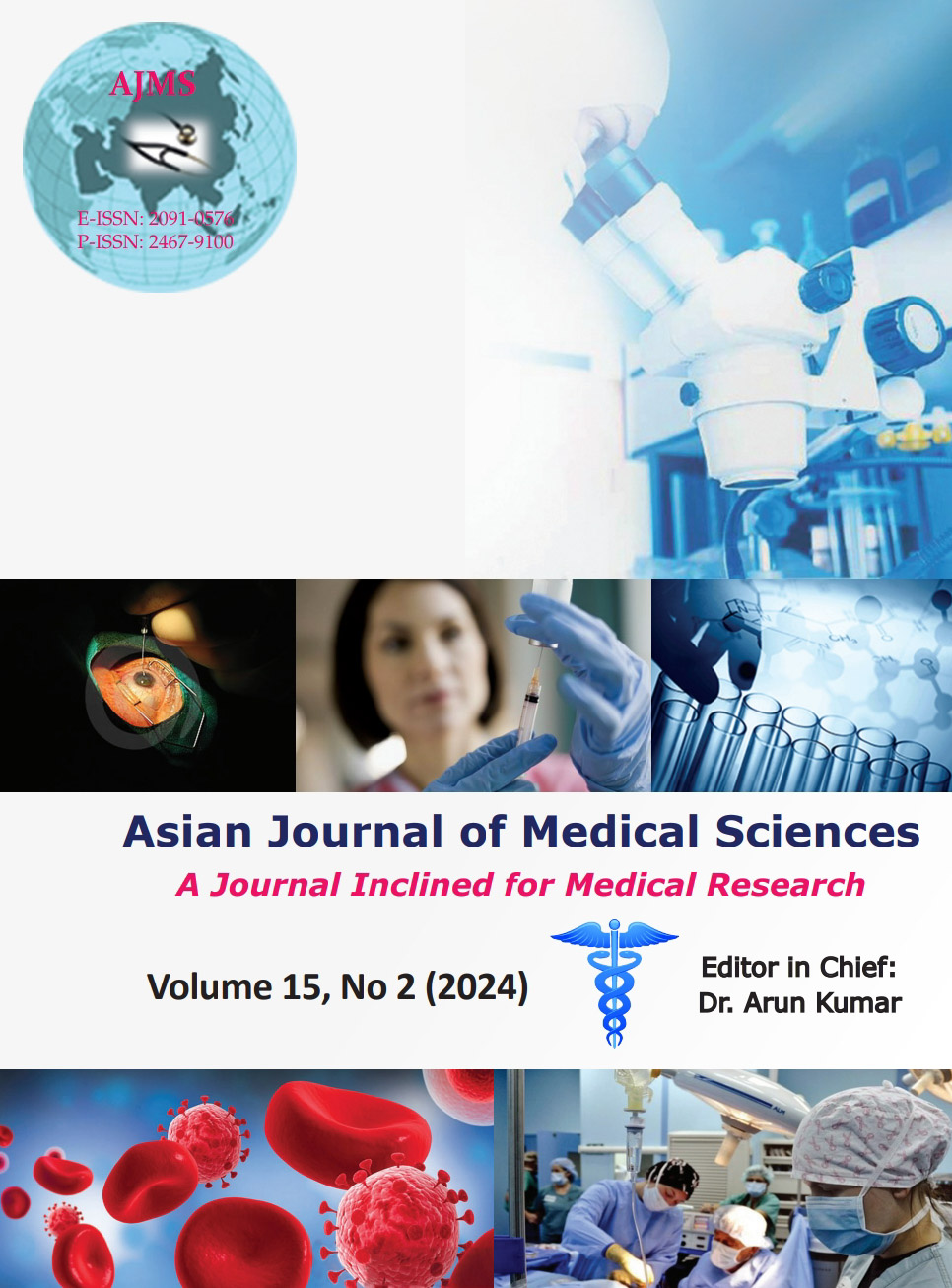Evaluating the role of digital media in language development among pre-schoolers: An observational study
Keywords:
Digital Media, Preschool Education, Language Development, Screen Time, Parental Involvement.Abstract
Background: Digital media consumption is prevalent among pre-schoolers, but its impact on language development remains unclear.
Aims and Objectives: This study investigates the effects of different types of digital media on pre-school children’s language outcomes.
Materials and Methods: A total of 100 pre-school-aged children (mean age 4.2±0.5 years; 51% male) were observed for 12 months. Digital media exposure was categorized into educational interactive, educational passive, and non-educational content, with average screen time being 1.5±0.45 h daily. Language development was assessed using the Preschool Language Scale-5 (PLS-5) at baseline and 12-month follow-up.
Results: At the 12-month follow-up, the study participants exhibited an average Total Language Score (TLS) increase from 100±10 to 107±12. Interactive educational app users showed significant language improvements (TLS: 112±10; P<0.05), exceeding gains seen in passive educational (TLS: 104±10) and non-educational content users (TLS: 102±12). Vocabulary size, expressive language, and receptive language improvements were highest in the interactive group (20%, 15%, and 10%, respectively). Behavioral assessments indicated enhanced use of complex sentences and turn-taking skills in the interactive group. Parental co-viewing correlated with higher TLS gains across all groups, with the most pronounced benefit in the interactive group (9 points vs. 6 without co-viewing). Interactive app users also exhibited higher cognitive (40%) and emotional engagement.
Conclusion: Our study emphasizes the positive influence of interactive educational apps on pre-schoolers’ language development, with notable gains and augmented outcomes through parental involvement. This highlights the value of guided media use in early childhood education.
Downloads
Downloads
Published
How to Cite
Issue
Section
License
Copyright (c) 2023 Asian Journal of Medical Sciences

This work is licensed under a Creative Commons Attribution-NonCommercial 4.0 International License.
Authors who publish with this journal agree to the following terms:
- The journal holds copyright and publishes the work under a Creative Commons CC-BY-NC license that permits use, distribution and reprduction in any medium, provided the original work is properly cited and is not used for commercial purposes. The journal should be recognised as the original publisher of this work.
- Authors are able to enter into separate, additional contractual arrangements for the non-exclusive distribution of the journal's published version of the work (e.g., post it to an institutional repository or publish it in a book), with an acknowledgement of its initial publication in this journal.
- Authors are permitted and encouraged to post their work online (e.g., in institutional repositories or on their website) prior to and during the submission process, as it can lead to productive exchanges, as well as earlier and greater citation of published work (See The Effect of Open Access).




